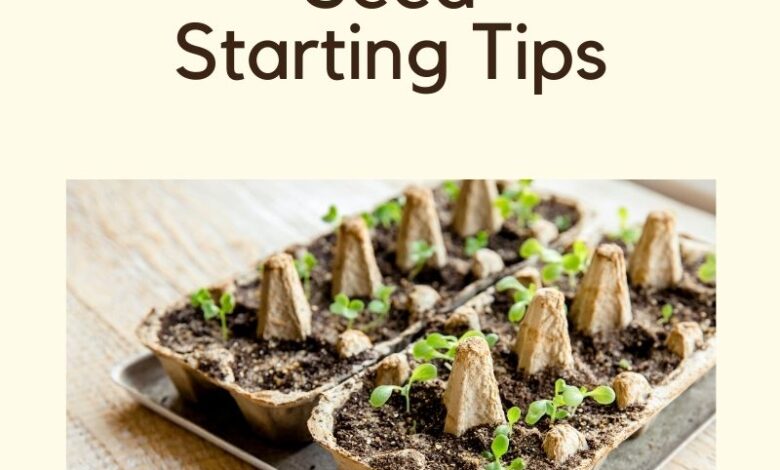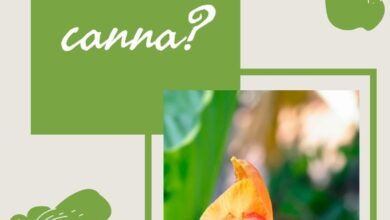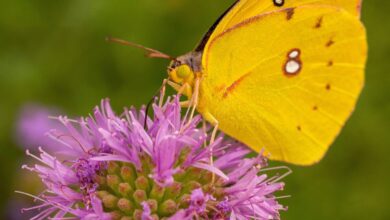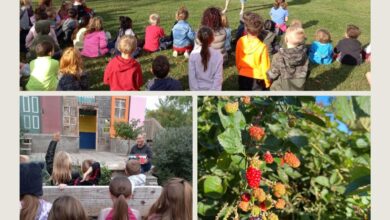Starting Seeds Indoors – Tips And Tricks

[ad_1]
Starting seeds instead of using transplants, cuttings, or divisions is incredibly rewarding.
You get to see the whole life cycle of a plant, watching it grow from the tiniest of seeds into a full flower, vegetable, or fruit. If you haven’t done it yet, try growing a few things from seed this spring. Start indoors and transplant outside when the weather allows.
Why Start from Seed?
Getting to watch your plant grow from a seed is a joy and reason enough to do it. I haven’t grown a lot from seed in the last few years since I stopped growing vegetables. However, I still genuinely enjoy growing some microgreens in the kitchen or starting a few annual flowers in the spring.
There are practical benefits to starting plants from seeds. Seeds are great for a budget garden. They usually cost less than transplants and you can get a lot. If some seeds don’t work, you still have plenty more in the packet to try.
When I grew vegetables in the past, I also loved how much control seeds give you. You can start them exactly when you want and time the harvest. This is great if you have a winter, as I do here in Michigan. Start seeds indoors and you don’t risk a frost killing seedlings. You can keep them in a controlled environment longer.
Seeds also allow for more variety. Your local garden center will have limited varieties in transplants, but you can order seeds for any variety, even rare heirlooms.
My Best Seed Starting Tips
From my past experiences starting seeds indoors, I’ve collected a few helpful tips:
- Upcycle and reuse seed containers. There’s no need to buy a fancy seed tray. I’ve used paper egg cartons, flower trays from buying annuals, and even toilet paper rolls to start seeds inside.
- Always follow directions for seeds. The information on the seed packet comes from years of experience. Follow the depth and spacing guidelines for the best results. Also check the date on the package. After a certain amount of time, they may not germinate.
- Use plastic wrap to keep seeds moist and warm as they germinate. Just cover the tray and use toothpicks in the soil to elevate the plastic.
- Turn seedlings regularly. Once the seeds sprout, they need sunlight. I have found that if you turn the container each day, the stems grow stronger. They don’t have to reach for sunlight.
- Harden off your seedlings before putting them outside. This is well worth the effort to get healthy, strong plants. Take the trays outside for a couple hours one day, a little longer the next, and even longer on the third day. On the fourth, put them in the ground. This helps the plants acclimate to a new, harsher environment.
[ad_2]
Source link






